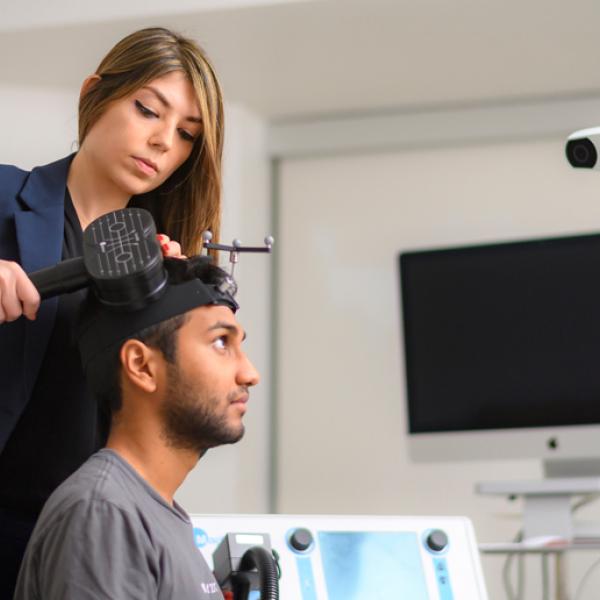[STEVENSON] So there are two categories of issues that kids have to have to get a diagnosis of autism. The first is issues with social communication, and then the second, the umbrella term for that is restricted interest and repetitive behaviours.
A lot of times kids with autism will have a very restricted interest. Trains are a very common one, where you can have a kid with autism that can recite the entire train schedule of the New York subway system, or things like that. And they are super interested in it to the exclusion of other things in their life that, maybe, they typically would or should be interested in.
And then the repetitive behaviour side of that is, what’s often referred to as stimming, where you see things like hand flapping, moving your fingers in front of your eyes, rocking or rubbing your arms. Things like that.
A lot of information that we have, both from experiments but also from self-advocates with autism who have the linguistic ability to tell us why they do things, is that a lot of this has to do with controlling their sensory input.
So, if you are hypersensitive to light and sounds, and instead of perceiving my face and my voice as one thing, if you’re perceiving all of these things as separate multiple perceptions, you end up with this overly intense world.
By doing these repetitive behaviors, or stimming, you’re able to drown out that world. So, you have a repetitive, reliable input that you’re in control of, and you know it’s coming, and it’s predictable, and that can kind of drown out the outside world.
At a lot of the research, even throughout the 80s and 90s, was focused primarily on the higher-level issues with autism, so things like social communication and theory of mind, and things like that.
It wasn’t until the late 90s and early 2000s that people started looking at what we call lower level issues with autism, including things like sensory processing.
And now, what we’re focusing on a lot is the implications that these lower-level sensory processing issues have on the high-level issues that are the more commonly thought about issues with autism, like restricted interests and repetitive behaviours and social abilities and things like that.





